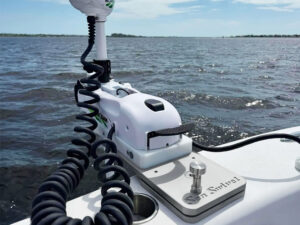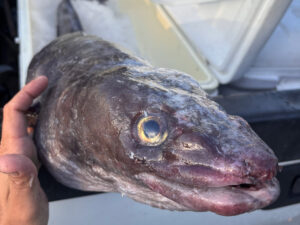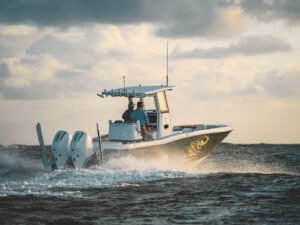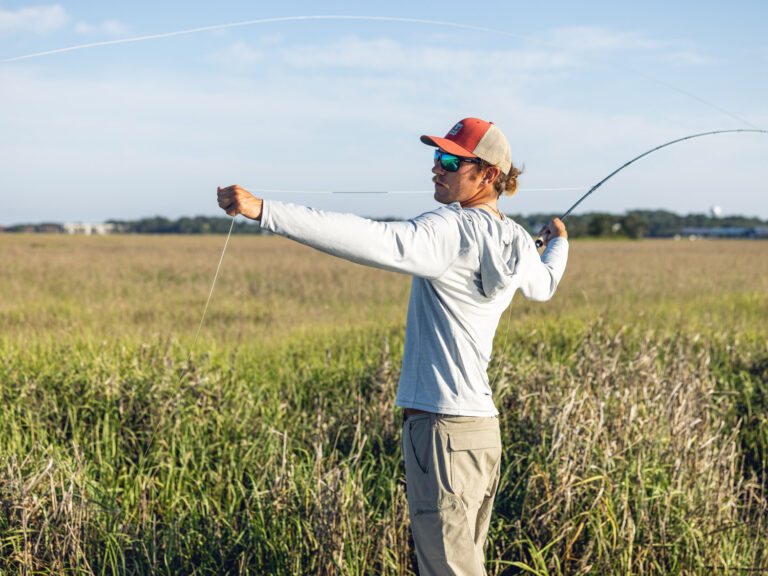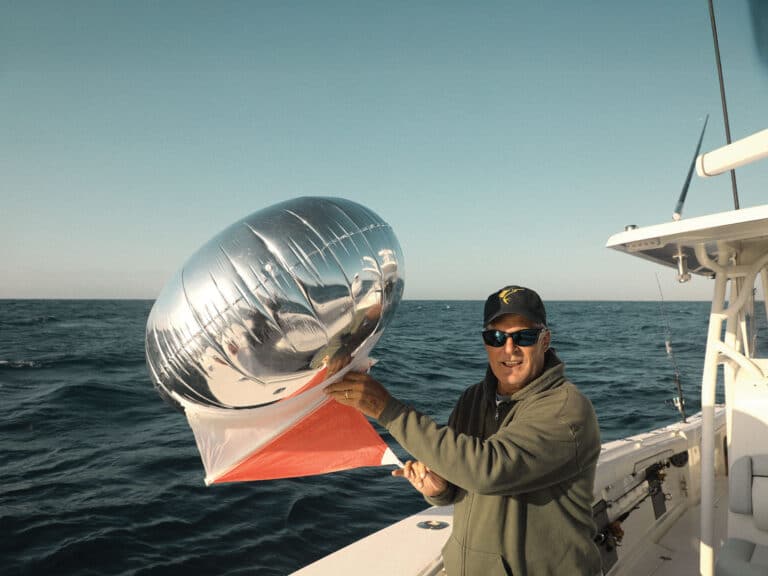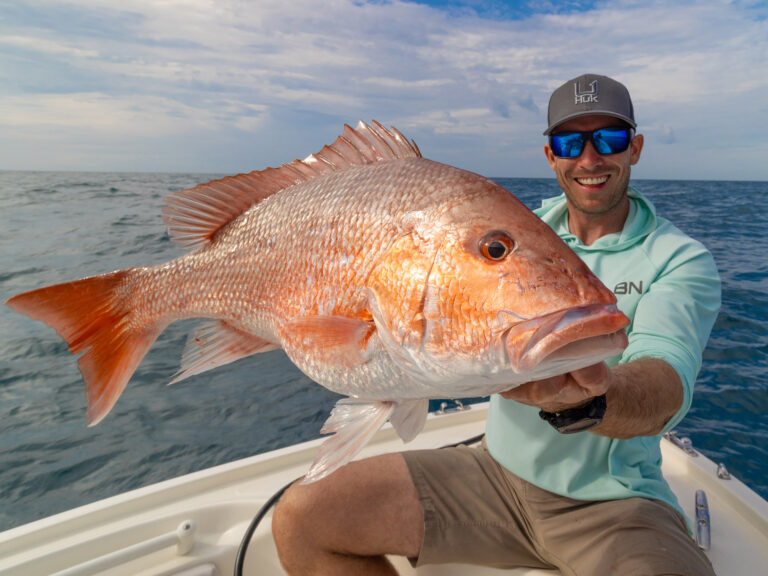The black drum has been relegated to second class citizenry on the drum family tree, as their redfish brethren continue to receive unprecedented press. The redfish’s meteoric rise to rock star status was predicated on the tasty discovery of “blackening” them by a Louisiana chef. However, their cousins, the oft-maligned black drum –– with their wide shoulders and flare for a fight –– are equally worthy of your attention.
These homely bottom dwellers offer horsepower sufficient to challenge the stoutest gear. And while the big ones will test any fishermen’s resolve, the smaller “puppies” (those fish in the 16-inch range) offer pleasing tablefare.
In my quest for enlightenment on the nuances of pounding the black drum—I channeled Mississippi’s Bay St. Louis expert Captain Sonny Schindler (shorethingcharters.com; 228-342-2295). Schindler is a master at pinpointing giant black drum, fish he refers to as “sea monsters.”
According to the captain, winter’s often-temperamental weather can put redfish and trout on the skids, with stiff north winds and abnormally low tides.
However, he counsels, “those chasing black drum this time of year can expect hot action on mostly-abandoned waters.” When targeting drum he fishes established “hardscape” structure, such as rock reefs and bridges. He throws cracked blue crabs on a traditional Carolina rig, fished on the bottom. A moderately long, clear leader runs to a barrel swivel with a sliding egg sinker above it. Hooks are small with a stout shank.
Interestingly, the world-record black drum tipped the scales at over 113 pounds; Schindler’s biggest weighed 55. Schindler says with a smile, “These big fish don’t move terribly quickly … until you put a hook in their face. Then, hang on!”


